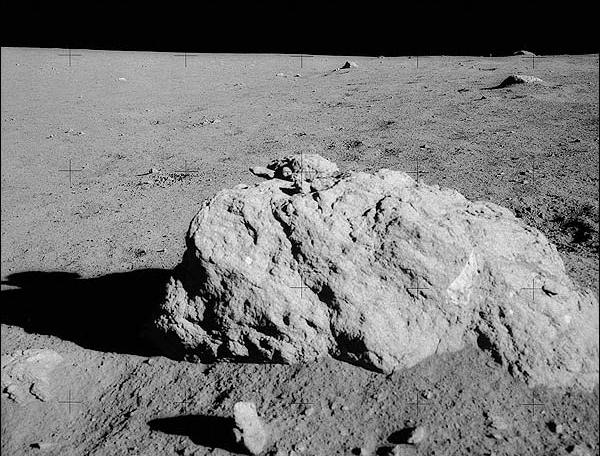HOUSTON: Scientists say they have discovered what may be the Earth’s oldest rock in a lunar sample returned from the Moon by the Apollo 14 astronauts.
An international team associated with Center for Lunar Science and Exploration (CLSE) in the US found evidence that the rock was launched from Earth by a large impacting asteroid or comet.
This impact jettisoned material through Earth’s primitive atmosphere, into space, where it collided with the surface of the Moon — which was three times closer to Earth than it is now — about four billion years ago, researchers said.
The rock was subsequently mixed with other lunar surface materials into one sample, according to the study published in the journal Earth and Planetary Science Letters.
The team developed techniques for locating impactor fragments in the lunar regolith, which prompted CLSE Principal Investigator David A Kring to challenge them to locate a piece of Earth on the Moon.
The researchers found a two gramme fragment of rock composed of quartz, feldspar, and zircon, all commonly found on Earth and highly unusual on the Moon.
Chemical analysis of the rock fragment shows it crystallised in a terrestrial-like oxidised system, at terrestrial temperatures, rather than in the reducing and higher temperature conditions characteristic of the Moon.
“It is an extraordinary find that helps paint a better picture of early Earth and the bombardment that modified our planet during the dawn of life,” said Kring, a Universities Space Research Association (USRA) scientist at the Lunar and Planetary Institute (LPI). (AGENCIES)


